#Bracing
Explore tagged Tumblr posts
Text
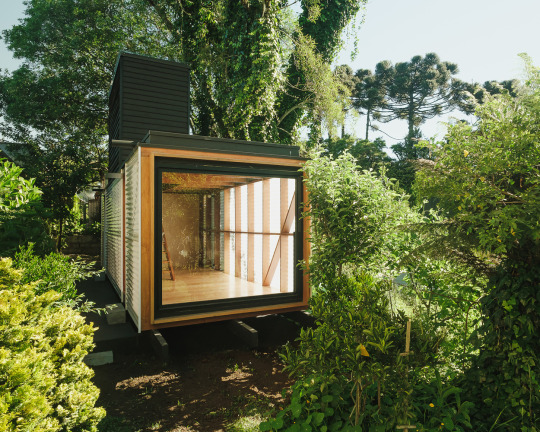
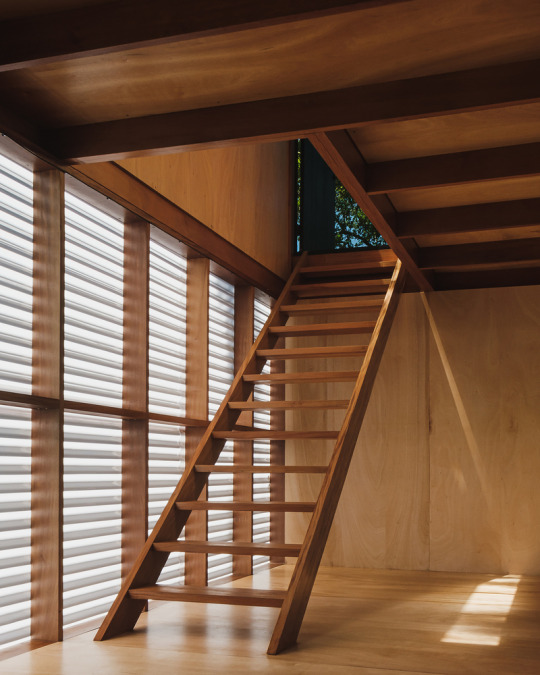
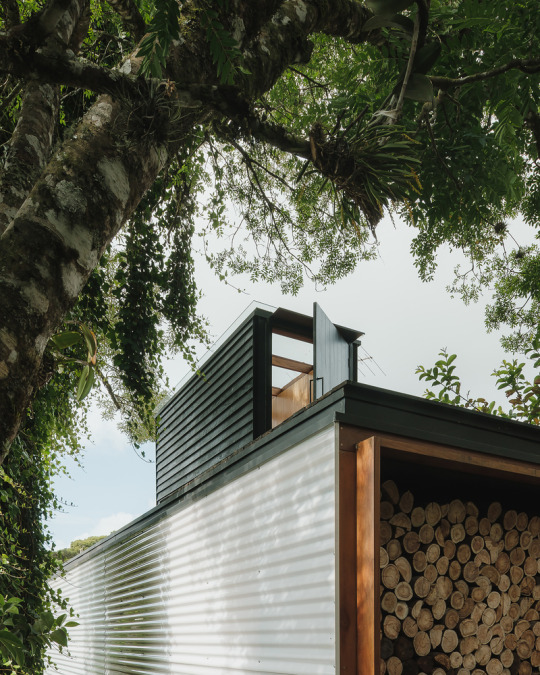
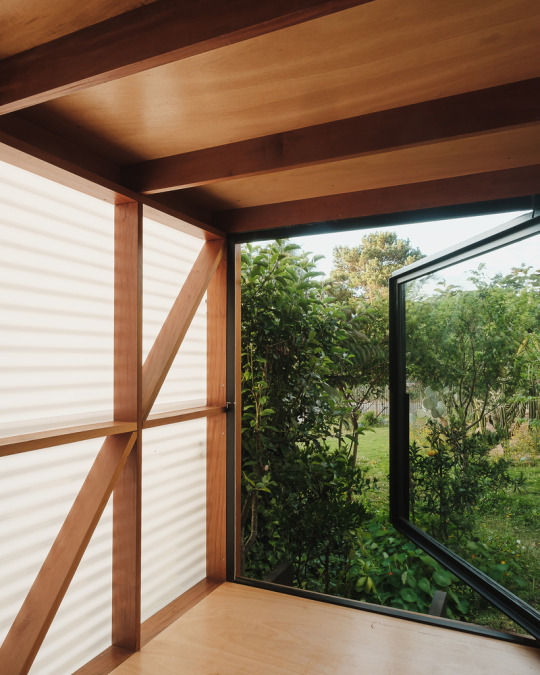
shed ~ sauermartins | photo © pedro kok
286 notes
·
View notes
Text

#bracing#Mukuchina Miyashita-san no Shikiyoku Channel#無口な宮下さんの色欲チャンネル#sweaters#turtleneck#tummy#belly button
6 notes
·
View notes
Text


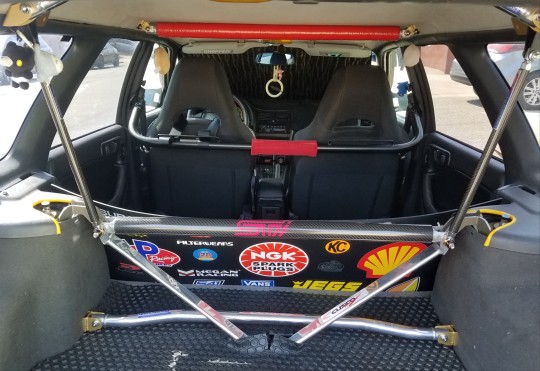

☠️ A tour. 🛠
#subaru#legacy gt#90s japanese cars#custom#jdm#2nd gen#modified cars#car interior#beatrush#sti#bracing#built not bought#my car#mecha gt#bg5#bk6#lhd#import cars#90s jdm#cusco#momo#aem#rear seat delete
33 notes
·
View notes
Text
INTENSE ARM WORKOUT WHILE BRACING 💪🥵💫
#stayfit #feelgood #personaltrainer
www.bombshell-fitness.com
.
.
Follow:
@Britishbombshell
@OnlyBritishBombshell
@therealbritishbombshell
S/C: Britishbomshell
TikTok: Britishbombshell2
YouTube: onlybritishbombshell
@entertainmentvibes
@iamsexxboogie
@onlysisterpatterson
.
.
.
#healthiswealth #healthylife #healthylifestyle #longlife #keytolife #toneandtighten #lookgreat #Bombshell #workouts #realcurves #realbody #healthisimportant #healthyliving #britishbombshell #nosurgery #bootyworkout #getfit #getfitwithme #cpt #tummyfat #flatstomach #fitbody #naturalbody #bodygoals #personalizedworkouts #abworkouts #loseweighttoday
3 notes
·
View notes
Text




Dumb thing that would not leave my brain
#jayvik#arcane#viktor#jayce talis#suggestive#bluesky enjoyed this one way more than i thought so i figured id toss it here too#ive gotten such sweet nice comments on my last triptych drawings#fellow jayviks you are so niceys#stop enabling me!!!! ill want to draw more!!!!#i STILL cant get jayce's face right. i feel like flynn rider#i hate hate hate drawing anything inorganic especially in perspective#if i have to draw a straight line or an ellipse its game over#so it truly speaks to my love for The Character that ive willingly drawn viktor's brace several times lol
33K notes
·
View notes
Text
Fortune 500 companies are bracing for a wave of lawsuits in 2025
© 2024 Fortune Media IP Limited. All Rights Reserved. Use of this site constitutes acceptance of our Terms of Use and Privacy Policy | CA Notice at Collection and Privacy Notice | Do Not Sell/Share My Personal InformationFORTUNE is a trademark of Fortune Media IP Limited, registered in the U.S. and other countries. FORTUNE may receive compensation for some links to products and services on this…

View On WordPress
0 notes
Text
Gulf Coast bracing for rare winter storm with frigid temperatures and snow
Snow was falling in the Houston area Monday night, forecasters said, as more than 55 million people could be affected by a historic winter storm expected to bring rare snow and frigid temperatures throughout the Gulf Coast region until midweek. The storm was bringing snow, sleet and dire warnings about the dangers of icy roads in Houston on Monday night. In the New Orleans area, wind chill…
0 notes
Text
ANALYSIS | Bracing for impact: 5 things to keep in mind with Trump's upcoming tariffs | CBC News
Countries around the world are bracing for an economic hit on Monday. And few have more at stake than Canada. That’s because three-quarters of everything Canada sells to the world is sold to the United States, and US President-elect Donald Trump is threatening trade sanctions. the day he takes office. We know you’re planning 100 executive orders starting on Inauguration Day, and will almost…
0 notes
Text
👨⚕ Bracing in Osteoporotic Fractures - Dr. Agnivesh Tikoo, Dr. Neeraj Bijlani
➡ Watch it on Instagram: Click Here: https://www.instagram.com/reel/DEca2eqPI8y/?igsh=bHE2czBldWZnd3Ey
🔆 Catch the Full Video on YouTube: Watch Now - https://www.youtube.com/live/Qygo71IrEh4?si=GfTCJvVcyu0YAgKB
🚀 Elevate Your Knowledge! Follow Us on Instagram: Ortho TV Online : https://www.instagram.com/ortho_tv_online
#Osteoporosis#FractureCare#OrthopaedicEducation#Bracing#OsteoporoticFractures#OrthoTV#OrthopaedicCommunity#BoneHealth#OrthopaedicLearning#InstaMedEd#YouTubeLearning#OrthopaedicInsights#BoneFractures
0 notes
Text
Y’know, maybe it should never have been shocking that as the son of an amputee, Jayce has no trouble seeing the beauty in imperfections and how they make us who we are.
Jayce didn’t encounter his first disability with Viktor, or in his own household when his leg was broken, but with his mother when she lost her fingers to the cold on the day the mage (Viktor) saved them both. Her disability wasn’t a weakness to Jayce, it was a product of profound strength battling the elements to save her and her son’s life.
#jayvik#arcane#arcane meta#ximena talis#Jayce talis#this just hit me like a ton of bricks#I wonder if he helped make her prosthetics AND Viktor’s brace and cane??
12K notes
·
View notes
Text

the image is from an article on skin color measurement in regards to oximetry readings, it was the best I could find as far as having a decent range but a small enough number to fit in a poll
29K notes
·
View notes
Text

Scored a used Skunk2 rear tower bar at a good price!

Easy to install, lightweight but very stiff and well made. Highly recommend.
⭐️⭐️⭐️⭐️⭐️
#honda#del sol#90s japanese cars#my car#eh6#diy#jdm#custom#bracing#rear suspension#mods#upgrades#Skunk2#eg6#honda si
1 note
·
View note
Text
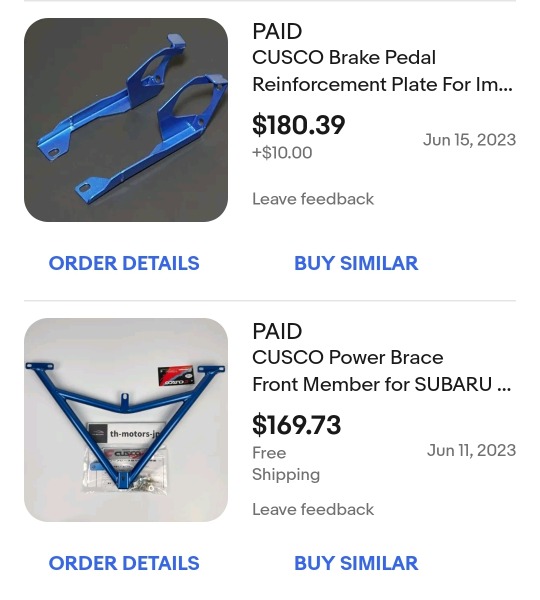
Recently sold one of my bikes so I used some of the cash to buy these 2 parts made by Cusco. Why are the prices similar when the brake pedal reinforcement has way less metal?
I have a feeling both parts are gonna be a PITA to install. They are not listed to fit the 2nd gen Legacy but my eyeballs tell me otherwise. Coming from Japan so it will be a couple weeks.
Why spend that much? Because they both are more of a safety thing for me with the bonus of handling/performance benefits. The car has no brake booster so one part reinforces the firewall from the cabin side, equals a more solid pedal and less stress on the firewall. The car also needed something other than the JDM toothpick of a bumper beam in case of a head on collision.
@deepenter The brake pedal reinforcement plate is something you might try? ✌️
Cusco part numbers:
GC8 Impreza front power brace: 660-492-FM
GD Impreza brake pedal reinforcement plates:
CG 667 486 A
#subaru#cusco#car parts#legacy#impreza#gc8#gda#bk6#thoughts#bracing#brake pedal reinforcement#jdm#custom#modified cars#part numbers
6 notes
·
View notes
Text



Vaggie: Adam and Alastor suck.
Lucifer: Would you be interested in being promoted to "Daughter-in-law"?
#hazbin hotel#chaggie#lucifer morningstar#vaggie#charlie morningstar#kinda#giving Lucifer phil dunphy energy ehehe#Alastor#*braces my lesbian self*#my art
33K notes
·
View notes
Photo

PRIMA PAGINA New York Times di Oggi mercoledì, 09 ottobre 2024
#PrimaPagina#newyorktimes quotidiano#giornale#primepagine#frontpage#nazionali#internazionali#news#inedicola#oggi print#cimes#battered#bracing#dent#nuclear#assets#buried#iran#stre#trailing#mats#atoa#maes#millions#churns#toward#become#focus#painting#bang
0 notes
